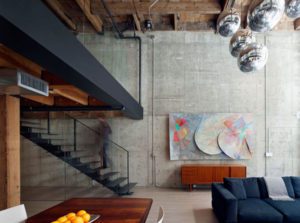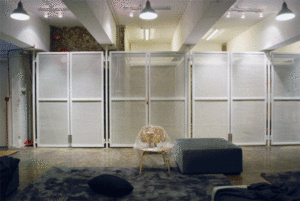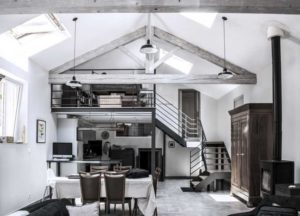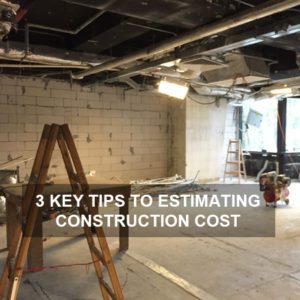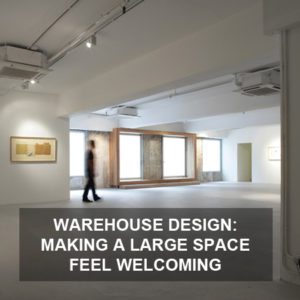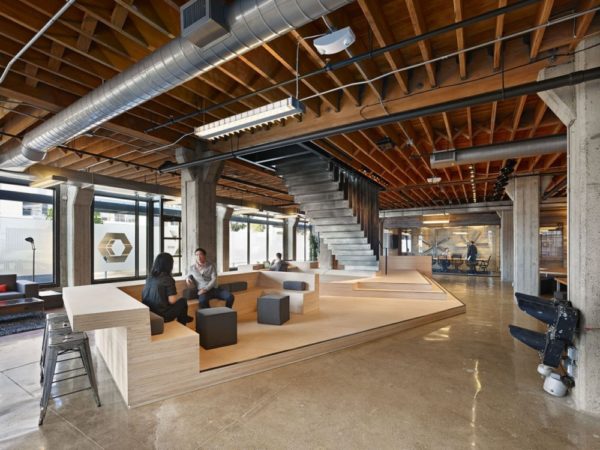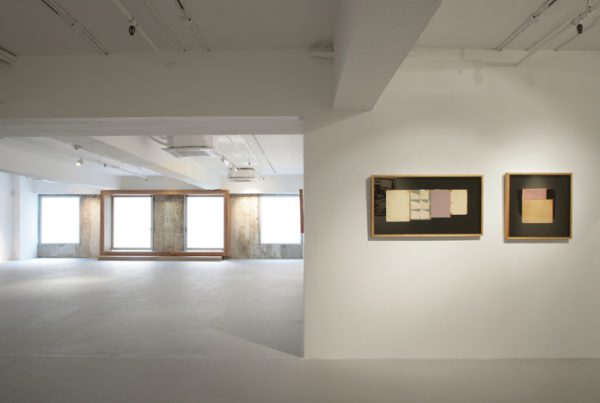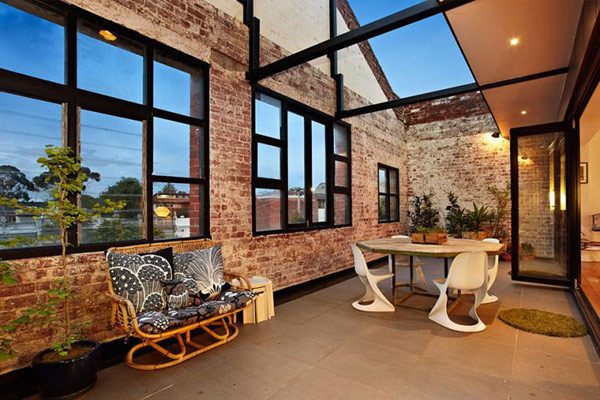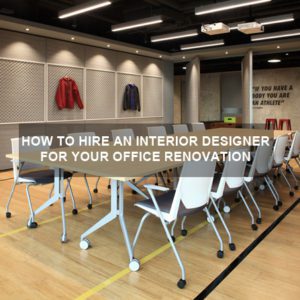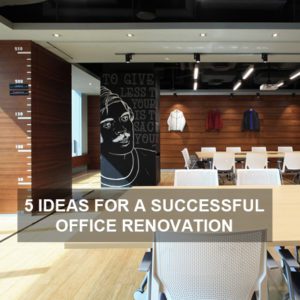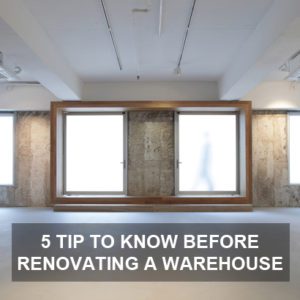Neutral colors and sedate decor have their place, color is king when it comes to Nike office design. Recently, we had the opportunity to design the conference room facilities at Nike’s Hong Kong office.
You can’t have Nike without its brand-recognizing orange, or without the Nike illustrations that are so much a part of its heritage. As explained in a recent news feature in the South China Morning Post, in addition to those inspirations, our other inspiration for the conference room design was the Google workspace — that is, a playful area where people want to come to work. We wanted to provide a casual atmosphere in which creativity and a sort of social productivity were fostered. Pops of color, including orange, were important to the project, as was the vision of movement and athleticism.
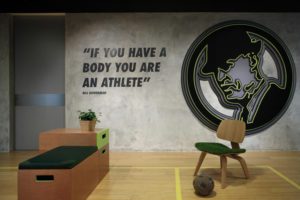
The conference facilities feature a lounge area with custom furniture that is easy to move. Conference rooms are separated from each other with movable partitions. There is a group area which is designated by a blackboard, brightly colored seating, and a bright Astroturf wall. The space was tied together both by the ability to link the rooms together into larger, shared quarters, as well as by the sports theme throughout.
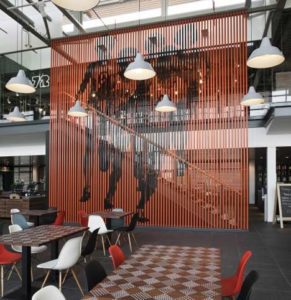
Bright colors are also important in the design of the Nike Canteen, in the Netherlands, where designers UXUS created a sports pub-inspired space that wove Nike orange, bright red, and yellow throughout. The Canteen design also features logos, graphics, and even the favorite lunch choices of world class athletes were used as decoration. The project tied together seemingly different elements in order to meet the various needs of workers: cozy spaces for solitude, vast tables for group projects.

You won’t see plain white walls at Nike’s London office either. Instead, you’ll find those founder-inspired hand-drawn illustrations, pictures of sports celebrities, and inspiring quotes. The three-floored design, completed by the Rosie Lee Agency, provides a cohesive, playful tone complete with bright orange, red, and blue contrasts.
Color is a great way to set the tone for a space as well as to honor a brand and its founder. What are your office’s true colors? For more information on office design, contact us.


